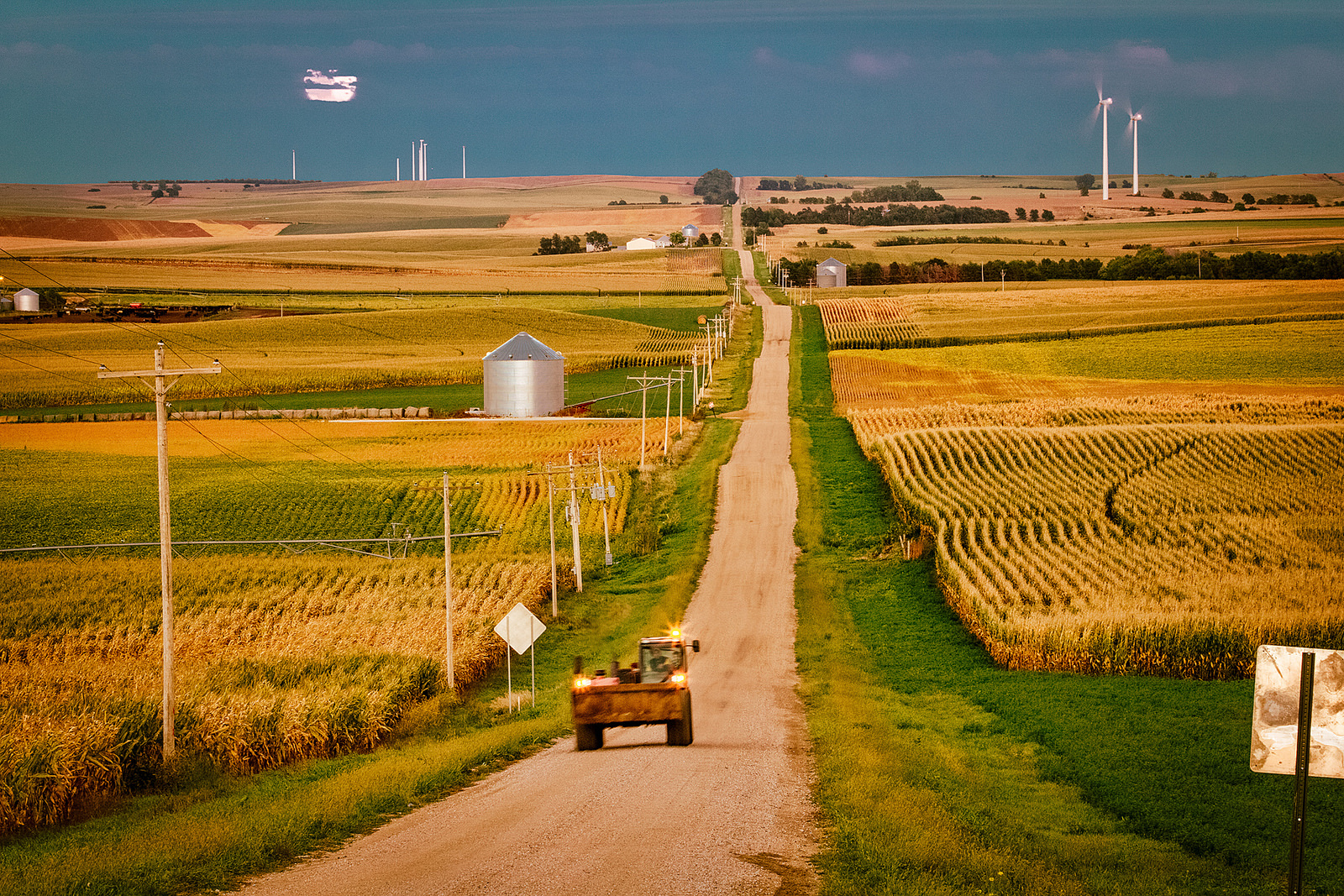Moving and Feeding Wisconsin
By: Senator Jeff Smith
“Wisconsin farmers may feed the world, but if a fertilizer truck cannot cross a rural bridge or a milk truck is weight limited from driving on a town road, it is hard for Wisconsin farmers to get their products to consumers.”
The statement above was made by my friend and colleague Senator Brad Pfaff (D-Onalaska). He was reminding us all how much we depend on a safe and reliable transportation system to send food from the farm to our homes. It becomes a challenge for farmers to efficiently move their product to market and turn a profit when those roads deteriorate and fail.
Roads are built nowadays to withstand harsh weather conditions and the heavier cars, trucks and machinery that drive over them on a daily basis. Most of our agricultural routes are comprised of roads and bridges that were built decades ago when tractors, trucks and other farm machinery were much smaller. Although adequate for the time, these roads are critical for getting agricultural commodities to market have taken a beating from larger and heavier agricultural traffic seen today.

When road bed material becomes wet under the blacktop or concrete, it expands during the winter freeze. When spring comes, the road bed material thaws out, becoming softer and the blacktop and concrete fractures. This freezing and thawing cycle creates more and more weaknesses in our roads. Local governments with numerous farms have needed to place restrictions on these older roads, especially during the spring thaw when road beds are softer than other times of the year.
It’s very expensive to resurface roads and even more to rebuild them completely with upgraded materials to handle the newer, heavier traffic that keeps products and people moving. Town budgets were stretched to the limit for decades so it was a huge relief when the legislature restructured the shared revenue formula and added funding for municipalities in 2023. But, often overlooked in that conversation was a new program created when Governor Evers signed 2023 Wisconsin Act 13. The Agricultural Road Improvement Program (ARIP) goes beyond the Local Road Improvement Program (LRIP) that was already in place.
ARIP will provide $150 million total split into two rounds of funding. The first $75 million round of funding will open up for local governments very soon and the second $75 million will open up later this summer or early fall. ARIP can provide up to 90% of the cost for each project, so be sure to get in touch with your local governments and encourage them to apply.
Agricultural road projects considered for ARIP funding are expected to result in the reduction of labor costs, fuel costs and repeated trips caused by weight limits. Priority will be given to projects that improve access by the largest number of agricultural producers to lands and facilities used for production; provide the greatest positive economic impact; target roads and structures that provide the only feasible access to agricultural lands; support local governments that can demonstrate fiscal or administrative challenges for completing a project; reduce the amount of trips for agricultural producers; and result in the greatest amount of goods transported.
This $150 million surely won’t go far enough to cover all the needs in our rural communities, especially here in western Wisconsin. However, it will give us a more accurate picture of what we need to do to strengthen our agricultural infrastructure in future budgets. Reach out to your local government officials and encourage them to submit grant requests for ARIP this year.
When farmers have good roads, they can get their goods to market. We all benefit from fresher products, cheaper prices and better selections for all the goodness Wisconsin farmers have to offer.
